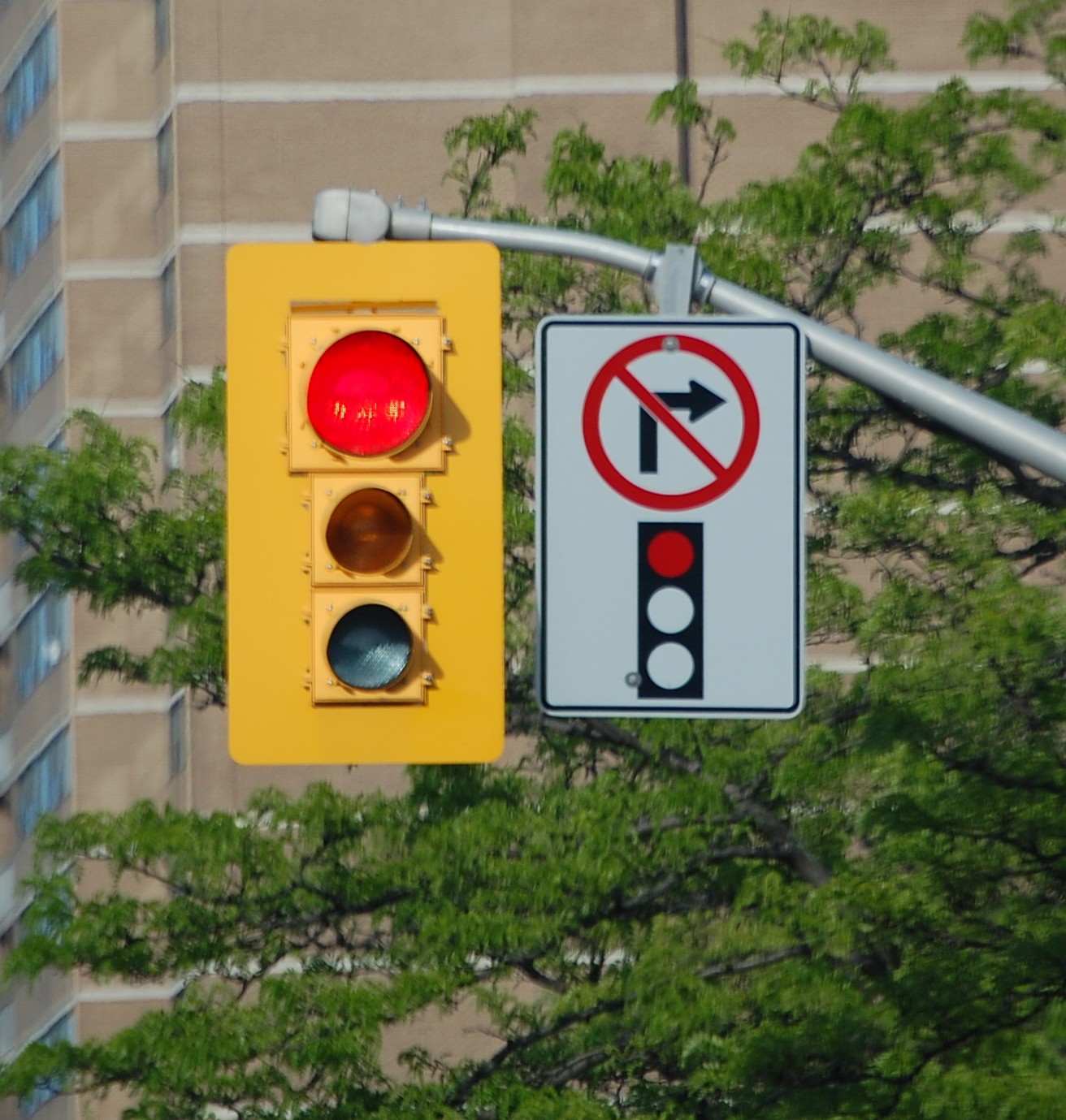You never find what you’re not looking for
 I’ve talked to many people over the years about what makes someone a good driver. Many say its attitude. Others say good reaction time does the trick. Some will say proper training is the key. Well, those all play a role into whether or not you’re going to be a good driver, but let’s look at it a little differently. Let’s say you have all the above mentioned attributes; will that always make you a good driver? There’s something missing from this list; your mind and eyes.
I’ve talked to many people over the years about what makes someone a good driver. Many say its attitude. Others say good reaction time does the trick. Some will say proper training is the key. Well, those all play a role into whether or not you’re going to be a good driver, but let’s look at it a little differently. Let’s say you have all the above mentioned attributes; will that always make you a good driver? There’s something missing from this list; your mind and eyes.
Learning to use the skills you were taught helps, having the positive attitude will also help, but learning how to think like a driver is a big part of whether or not you’ll become a safe driver. Many people obtain a driver’s licence but never really embrace what it takes to actually become a safe driver. They get into the vehicle and go from point A to point B without much thought. But that should change.
Here’s how it should work. While driving your brain sends a message to your eyes where to look to ensure you’ll see potential problems early enough to respond. Staying focused on driving and avoiding distractions is your main job as a driver. However, knowing where to look is an important step. I’ve often said; you drive with your mind and your eyes. Your hands and feet are only tools for what your eyes have seen.
I was speaking with a couple of local police officers recently regarding what people say after they get stopped for making illegal driving actions. Many times they just plainly say they didn’t see the sign. One officer said the driver who turned when they shouldn’t said they saw the light but not the sign. That’s interesting since the sign was next to the light. Was this an excuse or did their brain omit that piece of information?
Having 20/20 vision doesn’t mean you’re using your eyes effectively while driving. It just means you have normal eyesight. To use your eyes effectively while driving, look for things that may affect your travels. Even though you may have driven a certain route each day, looking for signs and lane markings is always a good idea. Your jurisdiction may have made changes since the last time you drove that route. While I was re-evaluating a licensed driver we came across an intersection with a newly placed stop sign. Since he wasn’t slowing I asked him to apply the brake…a few times. He still didn’t slow down so I used my dual brake to stop us. His reasoning for not braking – the sign wasn’t there yesterday.
Learning to move your eyes constantly and looking from building to building and on the sides of the roads will help you spot potential problems and information to help you drive safely. If you’re not looking for warning and information signs, will you see them? I think it’s important for all drivers to keep an open mind to help them spot these signs. Constantly moving your eyes will also help you see pedestrians, cyclists and other road users too. There’s an old saying; you never find what you’re not looking for. It’s time to start looking.
**Have a quick listen to this short podcast episode from the “Speed Bumps” podcast as this is discussed further!
Find products here
